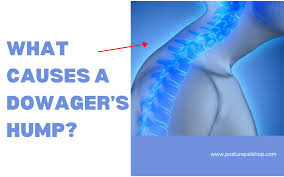Tuesday, October 22, 2024
Correcting Hunchbacks: How Chiropractic Care and Exercise Can Help Relieve Symptoms and Improve Quality of Life
Unlock Your Leg Mobility and Say Goodbye to Sciatica: Discover the Benefits of Gluteal Sciatic Nerve Flossing
The Connection Between Cushing's Syndrome and Dowager's Hump: How Excess Glucocorticoids Can Lead to a Hunched Back
Monday, October 21, 2024
Relieve Knee Pain with Effective Knee Rehab Exercises: Strengthen Your Joints, Improve Mobility, and Say Goodbye to Discomfort
Key Differences
Aspect | With Stable Arch Support | Without Stable Arch Support |
Shock Absorption | Efficient, elastic flattening of arches | Poor, arches collapse, shock transferred |
Pronation Control | Controlled, balanced | Excessive overpronation |
Propulsion | Strong, energy-efficient push-off | Weak, reduced recoil and power |
Alignment | Neutral ankle, knee, hip alignment | Misalignment (e.g., knee valgus, hip tilt) |
Muscle Effort | Balanced, minimal fatigue | Overworked, prone to strain |
Long-Term Impact | Reduced wear on joints and tissues | Increased risk of pain and injury |
The Dangers of Text Neck: Protect Your Health from the Effects of Prolonged Device Usage
The epidemic of text neck has become a growing concern in recent years, as more and more people spend extended periods looking down at their mobile devices. The repeated bending of the neck in a forward position, known as text neck, can lead to a number of negative health impacts, including neck pain, tension headaches, compromised breathing, and even spinal degeneration. The best way to avoid text neck is to be mindful of your device usage and take regular breaks to stretch and relax your neck and shoulders. Additionally, using a stand or holder to prop up your device to eye level can help prevent the need for prolonged forward flexion of the neck.
Text neck corrective exercises.








